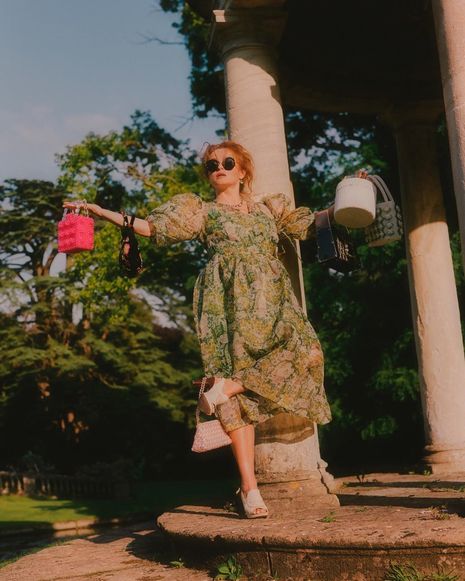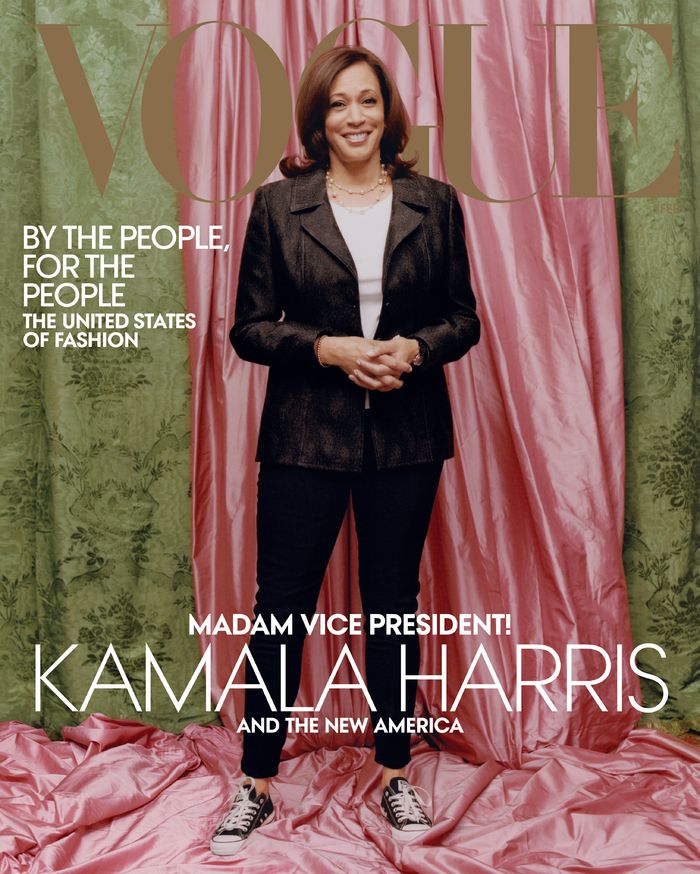Regency reimagined: costumes in Netflix’s Bridgerton
Rana Rofifah breaks down the wardrobe in everybody’s favourite new period drama
The end of 2020 wasn’t looking too hopeful with last minute tier changes and Coronavirus restrictions, but Netflix’s perfectly timed Christmas Day release of a new series – ‘Bridgerton’ – was a welcome treat. Known for her work on hit US dramas ‘Grey’s Anatomy’ and ‘How to Get Away with Murder’, television producer Shonda Rhimes turned to the world of the British period drama. Based on Julia Quinn’s historical romance series, we follow the competitive lives of London’s high society in 1813.
Also known as the ‘costume drama’, costume choices play a huge role in characterising a period piece. Costume designer Ellen Mirojnick created 7,500 pieces for Bridgerton, with the main character (Daphne) alone having 104 different costumes. The result was a bold pastiche of early 19th century fashion and elements of deliberate modernism.
At first glance, the costumes vaguely resemble the Regency period. The creators made clear that this is not a historically accurate show. Fashion historians quivered at the lack of shifts, bonnets and starkly modern additions. A clear attempt was made at imitating the notorious Empire waistline, however upon closer inspection the high waistline of the corseted silhouette was often randomly placed leading to inaccurate and at times – distasteful – shapes. The incorporation of imposing appliqué butterflies and bees on dresses and headpieces had a garish effect that retracted from the air of Regency sophistication. Layers of organza and tulle hid traces of historical authenticity, suppressing the natural fabrics we are used to seeing in Regency pieces. Conspicuously the least refined in Bridgerton’s high society, the Featherington family stood out with their gaudy patterned fabrics and acidic neon colours. For Lady Featherington, the Regency silhouette was rejected altogether – with her sweet-heart necklines and fitted waist resembling the 1950s more than the 1810s.
Yet despite a myriad of historical inaccuracies, the costumes served their purpose within the fictional realms of the show. Compared to the inoffensive simplicity of dresses we see in an average Austen adaptation, the women were adorned with jewels and embellished with feathers and finery. Each costume was a rich spectacle made to make a Duke swoon. They accentuated the ostentatious nature of Regency culture and created a glittering liveliness on screen. These were all conscious choices made by Mirojnick. In all of the butterflies and bees there was an underlying symbolism. The muted colour palette of the Bridgerton family perfectly conveyed their established dominance within society, while family ‘diamond’ Daphne had dresses which, quite literally, looked fit for a princess. Without forgetting the gentlemen of the show – aside from the Duke’s deviation from the mainstream – the men’s costumes are a generally accurate portrayal of Regency menswear. It is the women of Bridgerton, both on screen and behind the scenes, who break convention and are given a new sense of power through clothing.
“Audiences need to loosen their corsets and acknowledge that period dramas are historically inspired but that historical accuracy is impossible to achieve.”
In an interview with ‘The Cut’ Mirojnick emphasized that the show is ‘a fictionalized version of 1813 and the Regency era’. A fantasy and idealized vision of the Regency world was built where our pre-conceived understandings of race, gender and society were subverted. It was a playful escape that was deliberately fantastical; a reimagination of how sexy, fun and dark Regency England could be. After all, TV shows are produced for entertainment. Bridgerton became one of Netflix’s most popular shows of all time. Indeed both the show as a whole and the costumes succeeded in engaging audiences – despite their flaws.
Audiences need to loosen their corsets and acknowledge that period dramas are historically inspired but that historical accuracy is impossible to achieve. Bridgerton is a convergence of selected historical elements where the essence of the Regency period is interpreted, but not reflected. The same is seen in contemporary fashion where it is increasingly popular for designers to incorporate period features. Empire waistlines and flowing Regency silhouettes in particular have experienced a resurgence in the likes of brands such as Alexa Chung and Shrimps. The success of recent costume dramas –from Greta Gerwig’s ‘Little Women’ to Autumn de Wilde’s ‘Emma’ – have even birthed a whole ‘cottagecore’ subculture characterized by period style attire. Finally square necklines, ruffles, puffy sleeves and billowy skirts are reliving their time in the spotlight.

Period dramas are a rare chance for modern viewers to see historical dress ‘in action’. Too often do we see historical clothing in static forms - on mannequins and in paintings of galleries or museums. Film is a unique medium through which we can see how historical clothing moves and flows, helping to build an understanding that historical dress is not only beautiful, but wearable and even comfortable in the modern day. Bridgerton has certainly sparked conversation by becoming the television ‘talk of the season’ and I’m hopeful the appeal of the period drama aesthetic will endure.
 Comment / The (Dys)functions of student politics at Cambridge19 January 2026
Comment / The (Dys)functions of student politics at Cambridge19 January 2026 News / Local business in trademark battle with Uni over use of ‘Cambridge’17 January 2026
News / Local business in trademark battle with Uni over use of ‘Cambridge’17 January 2026 Features / Exploring Cambridge’s past, present, and future18 January 2026
Features / Exploring Cambridge’s past, present, and future18 January 2026 News / Your Party protesters rally against US action in Venezuela19 January 2026
News / Your Party protesters rally against US action in Venezuela19 January 2026 Lifestyle / Seoul food19 January 2026
Lifestyle / Seoul food19 January 2026







